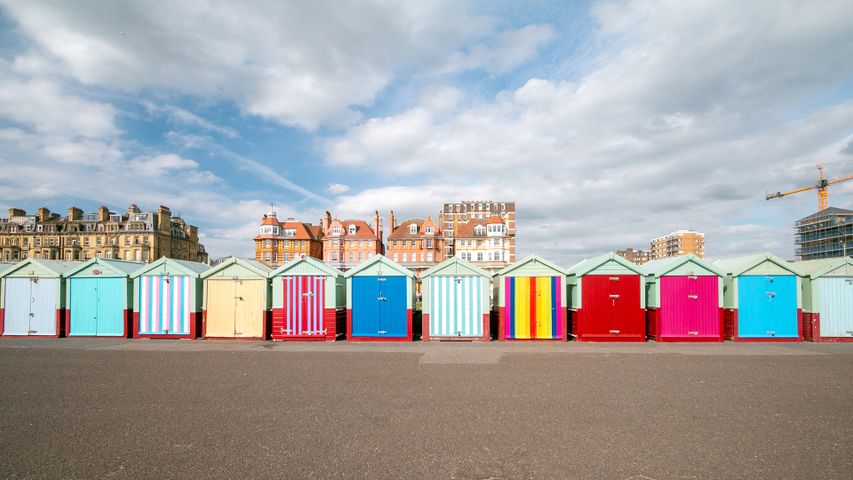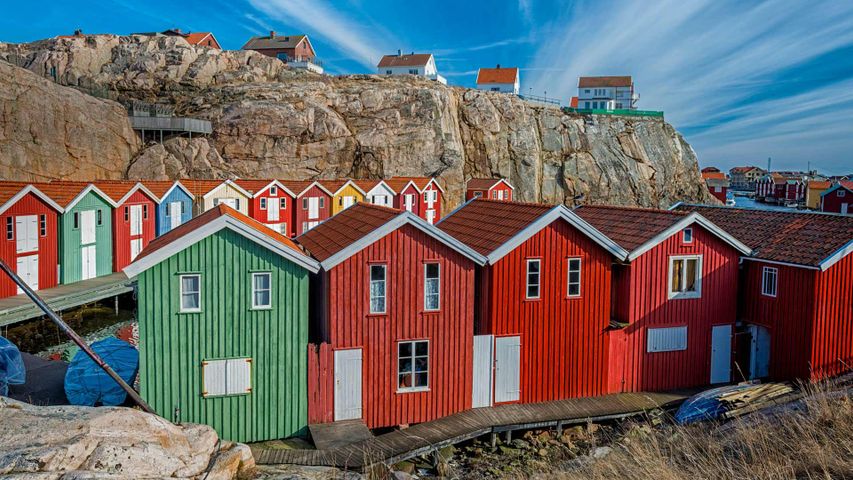Chittorgarh Fort, India
© Anand Purohit/Getty Image
Today, a nation was born. Indian Independence Day
This massive fort in the north-west state of Rajasthan is the Chittorgarh Fort, one of the largest in India. Inside its eight-mile-long perimeter and seven massive gates you’ll find four palaces, 19 temples and numerous bodies of water. Chittorgarh is so old, no-one is sure exactly when it was built, although reports go back to the 8th century. It is one of six large forts in the north-west state of Rajasthan referred to as the Hill Forts of Rajasthan, a Unesco World Heritage Site. We’re featuring this ancient complex on India’s 75th Independence Day.
On 15 August 1947, India officially broke free of Great Britain and became a sovereign and democratic nation with the Indian Independence Act. The struggle for independence lasted 90 years and cost many Indian lives. Britain controlled the Indian subcontinent for nearly 200 years, after winning the Battle of Plassey in 1757. The English East India Company eventually exercised control over most of the rest of the Indian subcontinent, Burma and Afghanistan. East India remained the supreme authority in India for a century until 1857 when a massive rebellion by civilians and Indian soldiers against the company was suppressed, resulting in direct British rule, referred to as the British raj.
The ensuing decades saw the formation of the Indian National Congress, the rise of Indian nationalism, armed rebellions and many acts of civil disobedience led by Mahatma Gandhi and others before independence was finally achieved. While India as we know it is still a very young nation, the Chittor Fort (‘garh’ means ‘fort’ so it’s also known as Chittor Fort) reminds us that the land and people that created modern India have endured and thrived for millennia.

 Fishing village of Tilting, Fogo Island, Newfoundland and Labrador, Canada
Fishing village of Tilting, Fogo Island, Newfoundland and Labrador, Canada
 Victoria Street in Edinburgh, Scotland
Victoria Street in Edinburgh, Scotland
 Miravet on the Ebro river, Tarragona, Catalonia, Spain
Miravet on the Ebro river, Tarragona, Catalonia, Spain
 Beach huts in Brighton and Hove, England
Beach huts in Brighton and Hove, England
 Blue hour in Naxos, Cyclades, Greece
Blue hour in Naxos, Cyclades, Greece
 Ostuni, Apulia, Italy
Ostuni, Apulia, Italy
 Taktsang Palphug Monastery, Bhutan
Taktsang Palphug Monastery, Bhutan
 Medieval towers in Mestia, Upper Svaneti, Georgia
Medieval towers in Mestia, Upper Svaneti, Georgia




